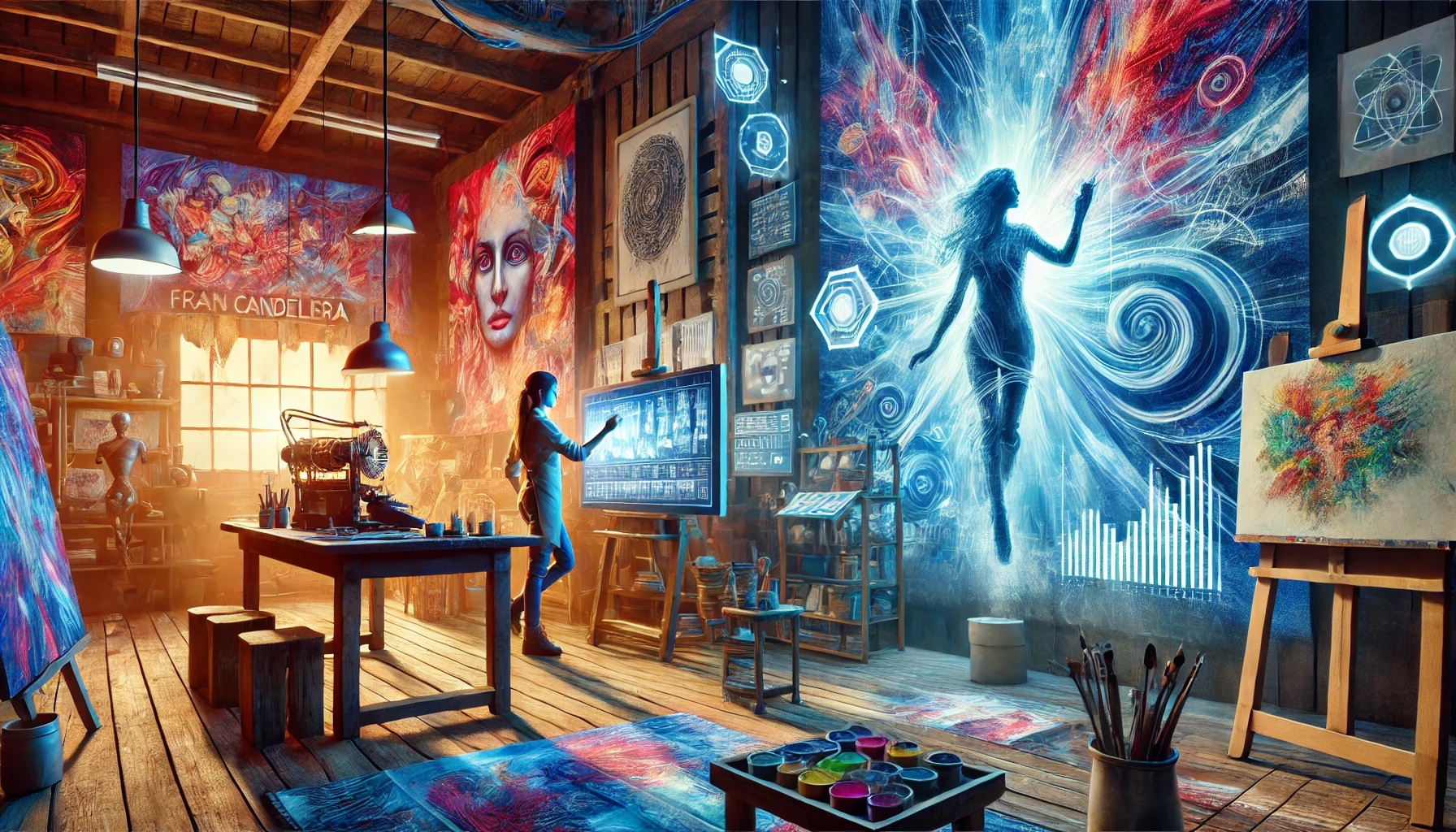Photeeq represents a refined approach to mastering composition in photography, emphasizing the balance between artistic creativity and technical precision. The term “Photeeq” may be unfamiliar to some, but it encapsulates the core principles of effective image structuring that guide the viewer’s attention to the subject. Whether you’re a beginner or an experienced photographer, Photeeq is a foundation for enhancing visual storytelling through deliberate compositional choices.
Composition in photography is about more than arranging elements; it’s about evoking emotion, creating harmony, and guiding the viewer’s eye. Photeeq helps photographers achieve this by combining classical techniques with modern tools and interpretations.
Key Composition Techniques in Photeeq
Photeeq relies on tried-and-tested principles that form the backbone of compelling photography.
1. Rule of Thirds
The rule of thirds splits the frame into nine equal parts by overlaying two evenly spaced horizontal lines and two vertical lines. Placing key elements along these lines or their intersections creates a balanced and dynamic composition. For instance, in landscape photography, positioning the horizon on the upper or lower third rather than in the center often results in a more engaging image.
2. Leading Lines
Leading lines naturally guide the viewer’s eye toward the subject. These lines can be anything from roads and rivers to fences and architectural features. Photographers create depth and focus within the frame by strategically incorporating leading lines.
3. Framing
Framing involves using elements within the scene—such as windows, arches, or foliage—to create a “frame” around the subject. This technique isolates the subject and adds layers and context to the photograph.
4. Negative Space
Incorporating negative space, or the empty area surrounding the subject, allows for minimalist compositions highlighting the subject’s importance. This technique works exceptionally well in portrait and still-life photography.
5. Symmetry and Balance
Symmetry creates a sense of order and harmony, while asymmetrical balance adds dynamism and intrigue. Photeeq encourages experimenting with both styles to find what resonates best with the intended narrative.
The Artistic Philosophy Behind Photeeq
Photeeq isn’t just about following rules but understanding when and how to bend them. It promotes a balance between the creative and technical aspects of photography. While techniques like the rule of thirds provide structure, they shouldn’t restrict artistic expression. Photeeq encourages photographers to trust their instincts and adapt compositions based on the subject’s story.
Photeeq in Practice: Genre-Specific Applications
Landscape Photography
Photeeq techniques like leading lines and layering foreground, middle ground, and background elements add depth in landscape photography. Consider a mountain range: placing a leading path in the foreground can enhance the viewer’s sense of scale and immersion.
Portrait Photography
Portraits benefit from framing and negative space. A well-placed subject, combined with a blurred background (using shallow depth of field), brings emotional intensity to the image.
Still Life Photography
Still-life compositions shine with symmetry and balance. Photographers can create aesthetically pleasing visuals by arranging objects meticulously and using natural light.
Enhancing Skills with Photeeq
Improving your Photeeq skills requires practice and the right tools. Numerous apps and editing software provide overlays for compositional grids. Online tutorials and books delve into Photeeq principles, offering step-by-step guides to refine your skills.
Example Tools Table:
| Tool/Resource | Purpose | Cost |
| Adobe Lightroom | Editing and composition overlays | Subscription |
| Rule of Thirds App | Grids for real-time camera use | Free |
| National Workshops | Hands-on Photeeq training | Varies |
Common Mistakes and How to Avoid Them
- Overcrowding the Frame: Simplicity is key. Avoid cluttering the frame with unnecessary elements that distract from the subject.
- Ignoring Backgrounds: Ensure that backgrounds complement, rather than compete with, the subject.
- Misplacing Lines: Leading lines should guide the viewer to the subject, not away from it.
The Future of Photeeq in Photography
As technology evolves, Photeeq adapts to innovations like AI-driven composition tools. Virtual and augmented reality platforms also integrate Photeeq principles, enabling users to compose images in immersive environments.
Conclusion
Photeeq transforms photography into an art form that marries technical precision with creativity. By mastering its principles and experimenting across genres, photographers can create images that capture moments and tell compelling stories. Start your Photeeq journey today, and elevate your photographic compositions to new heights.
FAQs about Photeeq
What makes Photeeq unique in photography?
Photeeq combines classical composition techniques with modern tools, creating images that evoke strong emotional and visual responses.
Can beginners use Photeeq techniques?
Absolutely. Photeeq principles are intuitive and adaptable, making them accessible to photographers at any skill level.
Are there free resources for learning Photeeq?
Yes, many online tutorials, community forums, and apps provide foundational guidance on Photeeq techniques.
How does Photeeq differ from traditional photography composition techniques?
Photeeq incorporates traditional composition principles but emphasizes flexibility and personalization. Unlike rigid rules, Photeeq adapts to modern photography tools, such as editing software and AI-guided suggestions, allowing photographers to customize compositions for different artistic or professional goals.
Can Photeeq principles be applied to smartphone photography?
Yes, Photeeq techniques are highly compatible with smartphone photography. Modern smartphones include advanced features like grid overlays and AI scene detection, making it easier for users to compose shots using Photeeq principles.
Is Photeeq relevant for videography and motion pictures?
Absolutely. Photeeq principles, such as framing, leading lines, and balance, are as crucial in videography as in photography. Videographers can create visually engaging scenes that guide viewers through a narrative by focusing on dynamic compositions.
What are some advanced techniques within Photeeq for professional photographers?
Professional photographers can explore Photeeq by experimenting with dynamic symmetry grids, golden ratio compositions, and advanced focal point techniques. Refinement of these elements using post-processing tools can also elevate the quality of their images.
Are there communities or forums where photographers discuss Photeeq techniques?
Several online platforms, including Reddit photography forums, specialized Facebook groups, and platforms like 500px, foster discussions on composition techniques like Photeeq. Joining these communities can provide insights, critiques, and inspiration for photographers of all levels.
Recommended Articles:
Showbizztoday.com – Ultimate Guide to Entertainment & Celebrity News
EzClasswork: Revolutionizing Education with Gamified Learning
Discover Adeena Mendel: Social Justice Advocate, Activist, and Empowerment Leader
DigitalHub4Geeks.com: Your Ultimate Technology Resource Hub
Photeeq: Mastering Photography Composition for Stunning Visuals














